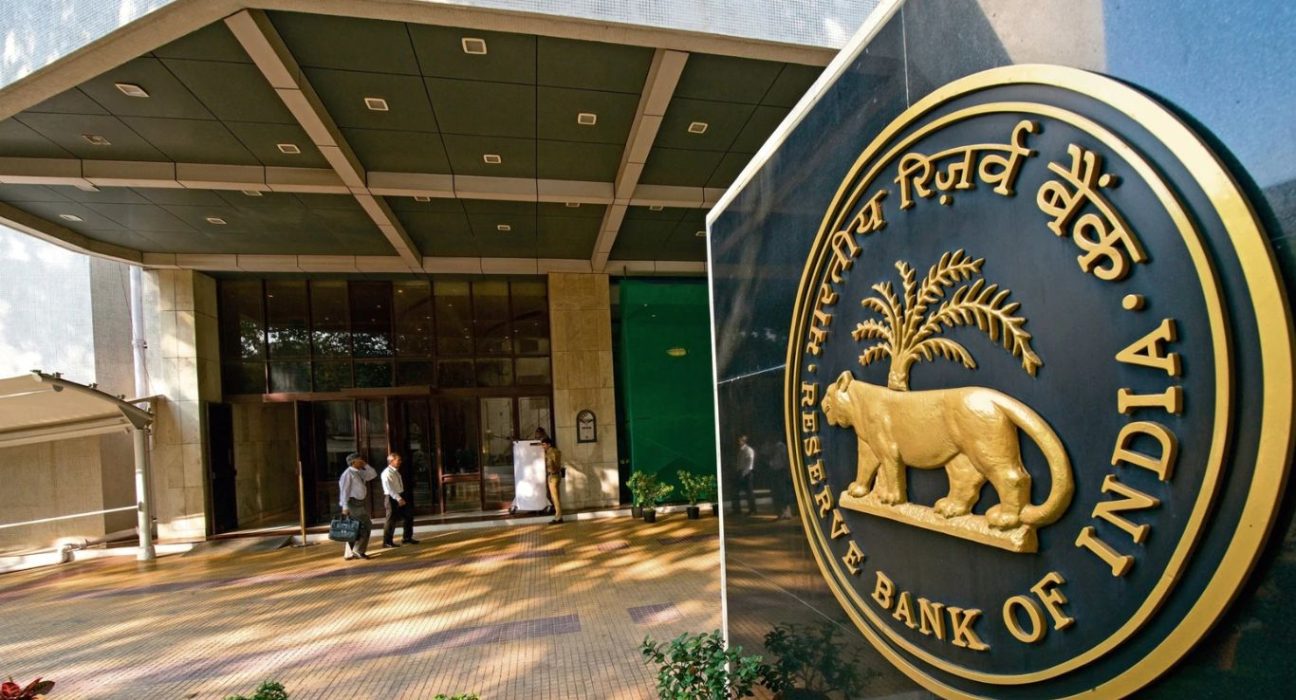Introduction
The Reserve Bank of India (RBI) has announced its decision to retain the key interest rate at 6.50% through the end of March 2024, as reported by a recent Reuters poll of economists. The central bank’s decision comes amidst a shift in rate cut expectations, with economists now predicting a rate cut in the second quarter of 2024, rather than the previously anticipated first quarter. This article explores the economic factors influencing the RBI’s decision and analyzes the persistently high inflation rates impacting India’s economy.
RBI’s Stance on Interest Rates and Rate Cut Projections
The RBI’s decision to maintain the current key interest rate at 6.50% reflects the central bank’s cautious approach to managing inflation and supporting the Indian economy. Economists, surveyed by Reuters, have pushed back their forecasts for the first rate cut to the second quarter of 2024 due to the inflationary pressures prevailing in the economy. The RBI’s stance aims to strike a balance between bolstering economic growth and controlling rising inflation.
Inflation Surge Disrupts Downward Trend
Inflation in India, Asia’s third-largest economy, experienced a significant rebound, breaking a four-month downward trend. The inflation rate climbed to 4.81% in the previous month, primarily driven by higher food prices. With expectations of a persistent inflation surge, the RBI faces the challenge of ensuring price stability while supporting economic recovery. The surge in inflation has contributed to a cautious approach by the RBI, leading to the postponement of the anticipated rate cut.
Inflationary Pressures Dent Rate Cut Prospects
Economists anticipate that the inflation rate will continue to remain above 5% throughout the current fiscal year, which concludes on March 31, 2024. This projection exceeds the RBI’s medium-term target of 4% inflation, signaling potential challenges in managing price stability. The central bank’s ability to stimulate economic growth through rate cuts is constrained by the prolonged inflationary pressures, leading to a delay in their plans for easing monetary policy.
RBI’s Dilemma: Balancing Growth and Inflation
The RBI faces a complex challenge of striking a delicate balance between promoting economic growth and containing inflationary pressures. While a rate cut could stimulate investments and spur consumption, it also carries the risk of exacerbating inflation further. The central bank’s cautious approach indicates their priority to stabilize prices in the current economic climate.
Impact on India’s Economic Outlook
The RBI’s decision to hold the key interest rate steady has implications for India’s overall economic outlook. With the delay in rate cut expectations, businesses and investors may have to adjust their strategies and plans accordingly. The cautious monetary policy may encourage prudent financial decisions by market participants, safeguarding the economy from potential overheating and speculative bubbles.
Market and Investor Sentiments
The RBI’s announcement is likely to influence market and investor sentiments. Investors will keenly observe how the central bank responds to the evolving economic situation, as any changes in interest rates can impact the performance of various asset classes, such as stocks, bonds, and commodities. The uncertainty regarding the timing of the rate cut may lead to cautious investment decisions, with investors closely monitoring inflation data and other economic indicators.
Future Outlook and Concluding Remarks
As India grapples with persistently high inflation rates, the RBI’s decision to maintain the key interest rate at 6.50% until March 2024 reflects the central bank’s commitment to price stability and prudent monetary policy. The postponement of the anticipated rate cut to the second quarter of 2024 signals the seriousness of the inflationary pressures and their potential impact on the economy. Going forward, the RBI will continue to closely monitor economic developments and inflation trends, ensuring a steady and sustainable economic recovery.
Conclusion
The RBI’s decision to keep the key interest rate at 6.50% until March 2024 showcases the central bank’s cautious approach towards inflation management in India. The surge in inflation and higher food prices have led economists to push back their rate cut expectations, emphasizing the RBI’s challenge in balancing growth and price stability. As the nation grapples with economic uncertainties, the RBI’s prudent monetary policy seeks to navigate the path towards sustainable economic recovery.










